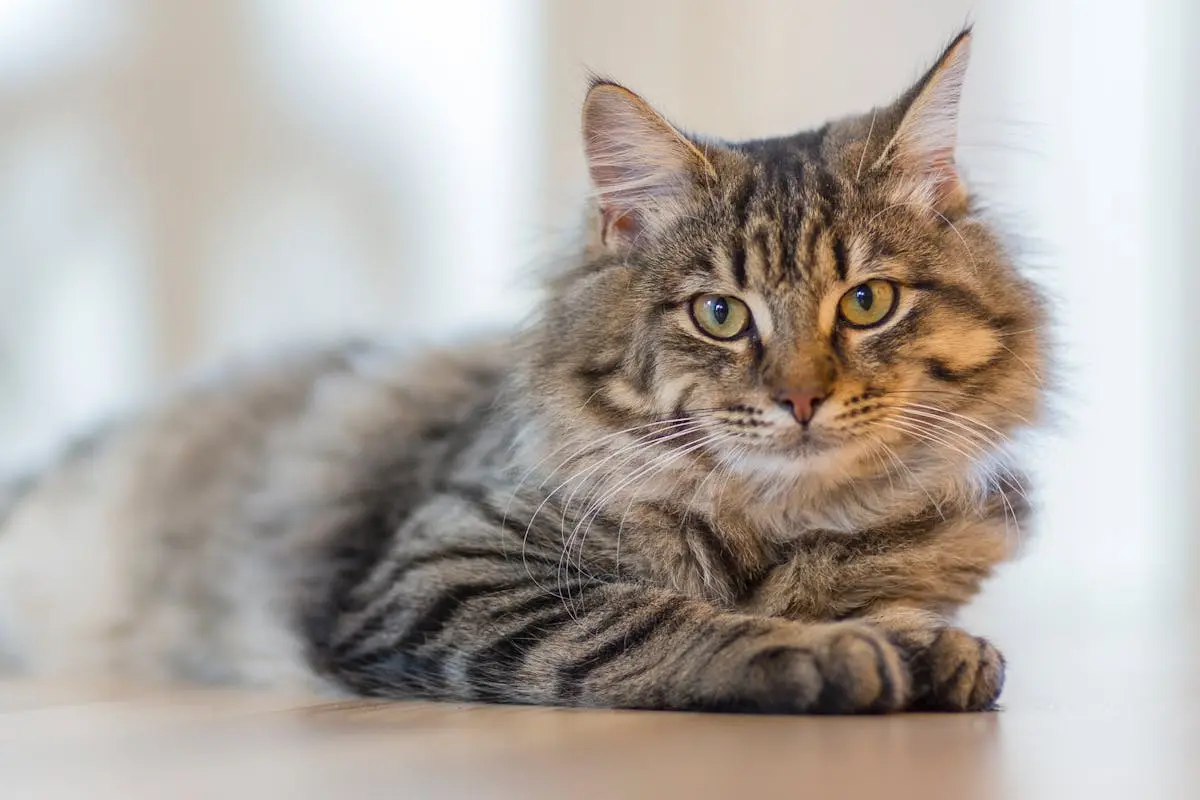
Top Facts You Need to Know About Hypoallergenic Cat Food
Share
What is hypoallergenic cat food?
Hypoallergenic cat food and treats are specially formulated to reduce potential allergic reactions in cats. This type of food often excludes common allergens like wheat, corn, and soy, which can trigger food sensitivities in some cats. By using high-quality ingredients and avoiding common allergens, hypoallergenic cat food aims to provide a safer and more comfortable eating option for cats with allergies.
Common cat food allergies
Although most allergies with cats are typically caused by grains, some cats can develop allergies to certain proteins like beef, dairy, or fish. Symptoms of cat food allergies may include itchy skin, vomiting, diarrhea, and hair loss. Switching to a hypoallergenic cat food that contains novel proteins like rabbit or duck, can help alleviate these symptoms. It’s essential to consult your veterinarian if you suspect your cat has a food allergy to determine the best course of action.
Benefits of hypoallergenic cat food
Hypoallergenic cat food can help reduce allergic reactions in cats with sensitive stomachs or skin issues. It contains limited ingredients to lower the risk of triggering allergic responses. Some benefits of hypoallergenic cat food include improved digestion, healthier skin and coat, reduced itching and scratching, and overall better health for your feline friend.
Ingredients to look for in hypoallergenic cat food
Hypoallergenic cat foods often use novel proteins like duck, venison, or rabbit. These proteins are less common in cat food, reducing the chances of triggering allergies. Limited ingredient diets, where the food contains fewer components, can also be beneficial for cats with allergies. Omega-3 fatty acids like fish oil are known for their anti-inflammatory properties, helping to alleviate skin conditions related to allergies. Grain-free options are popular for cats with grain sensitivities, although not all cats benefit from this change in diet. Most common grain allergies are wheat, corn and soy.
How to transition your cat to hypoallergenic food
To help your cat switch to hypoallergenic food smoothly, start by mixing a small amount of the new food with their current food. Gradually increase the portion of hypoallergenic food while decreasing their old food over a week or two. Keep an eye on your cat’s reaction and consult your vet if you notice any issues.
Reading cat food labels for allergens
When checking cat food labels for allergens, look out for common allergens like soy, wheat, and corn. Always read the ingredient list carefully to ensure the food does not contain any substances that may trigger your cat’s allergies. Additionally, be on the lookout for any artificial flavors, colors, or preservatives as they can also cause allergic reactions in some cats. Lastly, cats are carnivores and require diets rich in animal protein, so making sure meat or fish are the first ingredients is also something to be mindful of when reading ingredient labels.
Homemade hypoallergenic cat food recipes
Homemade hypoallergenic cat food recipes can be a great option if you want to control what ingredients go into your furry friend’s diet. By making your own cat food, you can ensure that it is free from common allergens that might cause your cat discomfort. Some key ingredients to consider when making hypoallergenic cat food at home include turkey, quinoa, and sweet potatoes. These ingredients are known to be gentle on sensitive stomachs and can help minimize allergic reactions in cats. It’s important to consult with your vet before switching to homemade cat food to ensure your pet’s nutritional needs are being met.
Tips for choosing the best hypoallergenic cat food
When selecting hypoallergenic cat food, it’s crucial to examine the ingredients list for common allergens such as wheat, soy, and corn. Look for formulas made with a single protein source like chicken or fish as this can help pinpoint any potential allergens. Consider grain-free options as well, as grains are a common culprit for allergies in cats. It’s advisable to consult with your vet to determine the best hypoallergenic diet for your cat’s specific needs.
Precautions and potential side effects
Always introduce new foods gradually to your cat’s diet, including hypoallergenic cat food. Look out for any signs of adverse reactions, such as vomiting, diarrhea, or skin issues. Monitor your cat closely during the transition period to ensure they are adjusting well to the new diet. In some cases, hypoallergenic cat food may be more expensive than regular cat food options, so consider your budget before making the switch. If you notice any concerning symptoms, consult your veterinarian for advice on the best course of action.
Conclusion: Importance of hypoallergenic cat food
Hypoallergenic cat food is crucial for cats with food sensitivities or allergies. Cats can develop allergies to common proteins like chicken, beef, and dairy, leading to skin issues and digestive problems. Switching to hypoallergenic food can help alleviate these issues and improve your cat’s overall health. Remember, always consult your veterinarian before making any dietary changes for your feline friend.

